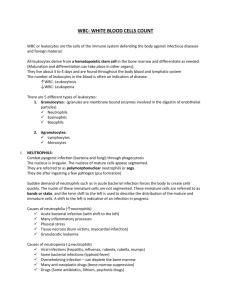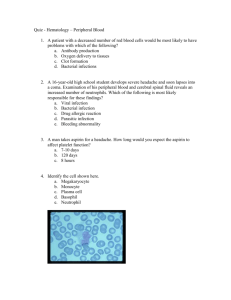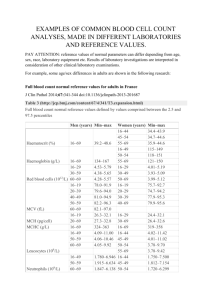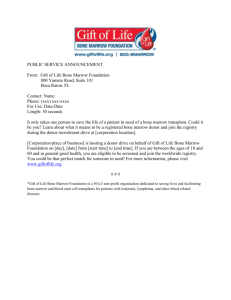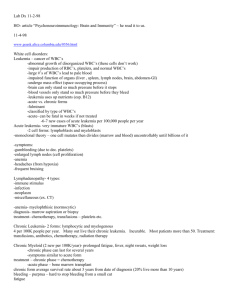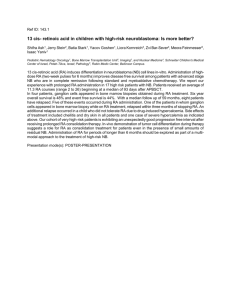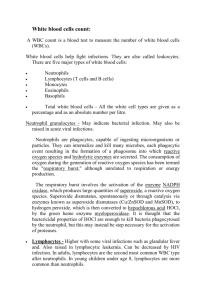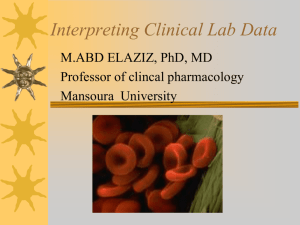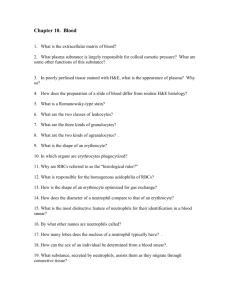BIOLOGY 6 IMMUNE SYSTEM CHEAT SHEET BEAVERS IMMUNE
advertisement
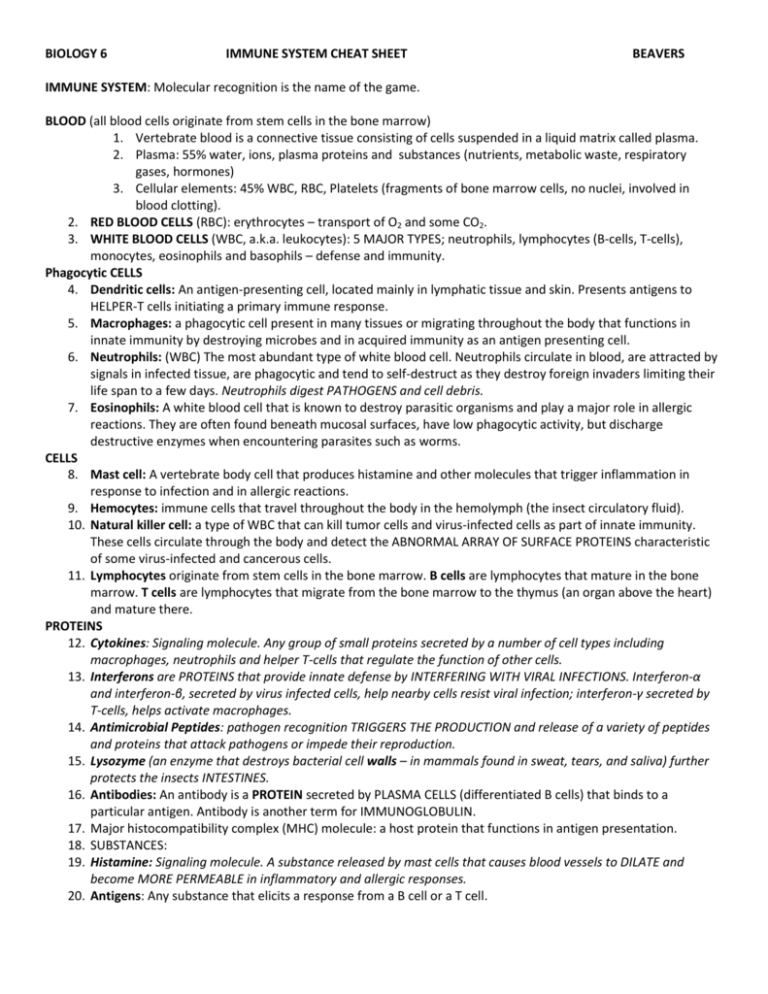
BIOLOGY 6 IMMUNE SYSTEM CHEAT SHEET BEAVERS IMMUNE SYSTEM: Molecular recognition is the name of the game. BLOOD (all blood cells originate from stem cells in the bone marrow) 1. Vertebrate blood is a connective tissue consisting of cells suspended in a liquid matrix called plasma. 2. Plasma: 55% water, ions, plasma proteins and substances (nutrients, metabolic waste, respiratory gases, hormones) 3. Cellular elements: 45% WBC, RBC, Platelets (fragments of bone marrow cells, no nuclei, involved in blood clotting). 2. RED BLOOD CELLS (RBC): erythrocytes – transport of O2 and some CO2. 3. WHITE BLOOD CELLS (WBC, a.k.a. leukocytes): 5 MAJOR TYPES; neutrophils, lymphocytes (B-cells, T-cells), monocytes, eosinophils and basophils – defense and immunity. Phagocytic CELLS 4. Dendritic cells: An antigen-presenting cell, located mainly in lymphatic tissue and skin. Presents antigens to HELPER-T cells initiating a primary immune response. 5. Macrophages: a phagocytic cell present in many tissues or migrating throughout the body that functions in innate immunity by destroying microbes and in acquired immunity as an antigen presenting cell. 6. Neutrophils: (WBC) The most abundant type of white blood cell. Neutrophils circulate in blood, are attracted by signals in infected tissue, are phagocytic and tend to self-destruct as they destroy foreign invaders limiting their life span to a few days. Neutrophils digest PATHOGENS and cell debris. 7. Eosinophils: A white blood cell that is known to destroy parasitic organisms and play a major role in allergic reactions. They are often found beneath mucosal surfaces, have low phagocytic activity, but discharge destructive enzymes when encountering parasites such as worms. CELLS 8. Mast cell: A vertebrate body cell that produces histamine and other molecules that trigger inflammation in response to infection and in allergic reactions. 9. Hemocytes: immune cells that travel throughout the body in the hemolymph (the insect circulatory fluid). 10. Natural killer cell: a type of WBC that can kill tumor cells and virus-infected cells as part of innate immunity. These cells circulate through the body and detect the ABNORMAL ARRAY OF SURFACE PROTEINS characteristic of some virus-infected and cancerous cells. 11. Lymphocytes originate from stem cells in the bone marrow. B cells are lymphocytes that mature in the bone marrow. T cells are lymphocytes that migrate from the bone marrow to the thymus (an organ above the heart) and mature there. PROTEINS 12. Cytokines: Signaling molecule. Any group of small proteins secreted by a number of cell types including macrophages, neutrophils and helper T-cells that regulate the function of other cells. 13. Interferons are PROTEINS that provide innate defense by INTERFERING WITH VIRAL INFECTIONS. Interferon-α and interferon-β, secreted by virus infected cells, help nearby cells resist viral infection; interferon-γ secreted by T-cells, helps activate macrophages. 14. Antimicrobial Peptides: pathogen recognition TRIGGERS THE PRODUCTION and release of a variety of peptides and proteins that attack pathogens or impede their reproduction. 15. Lysozyme (an enzyme that destroys bacterial cell walls – in mammals found in sweat, tears, and saliva) further protects the insects INTESTINES. 16. Antibodies: An antibody is a PROTEIN secreted by PLASMA CELLS (differentiated B cells) that binds to a particular antigen. Antibody is another term for IMMUNOGLOBULIN. 17. Major histocompatibility complex (MHC) molecule: a host protein that functions in antigen presentation. 18. SUBSTANCES: 19. Histamine: Signaling molecule. A substance released by mast cells that causes blood vessels to DILATE and become MORE PERMEABLE in inflammatory and allergic responses. 20. Antigens: Any substance that elicits a response from a B cell or a T cell.
